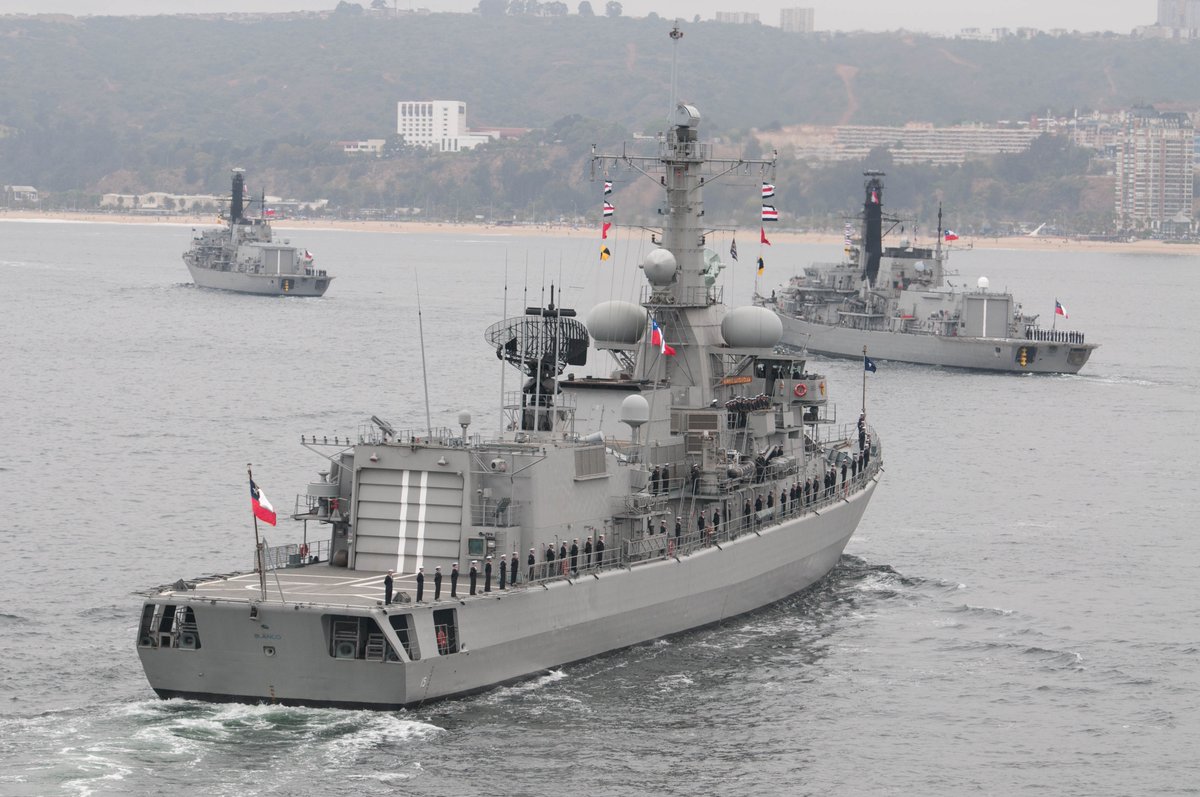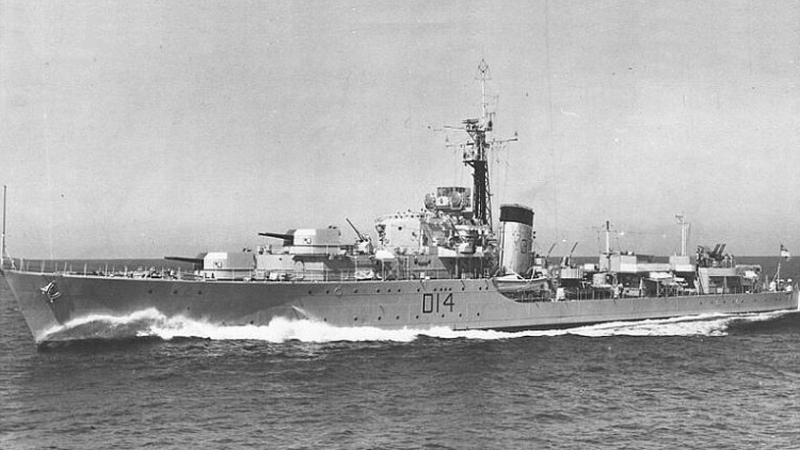

Beachheads were established to keep the steady flow of supplies. The initial landings proceeded with no resistance. ( Naval History and Heritage Command image) Photographed from an aircraft from USS Tulagi (CVE 72). LSTs and LSMs on an Okinawa beach with a crowd of other amphibious shipping offshore on April 3, 1945. The Navy carriers operating off the coast would provide valuable close air support to the Marines and soldiers operating on the ground. Securing these would provide an air base even closer to Japan for B-29 bombers as well as other support aircraft. The primary objectives of the invasion were the airfields located at Yontan and Kadena. These weapons would be used to great effect during the course of the battle. What Ushijima also had an abundance of was mortars and artillery. Ushijima divided the island into defensive sectors to maximize the use of his troops. The Japanese defending the island numbered 155,000 soldiers under the command of Lieutenant General Mitsuru Ushijima. Utilizing lessons that had been learned during the hard fought Pacific campaign, the Navy planned to be on station during the duration of the invasion. An armada of over one thousand ships backed up the Marines and soldiers landing on the island. Utilizing veteran units from the Marine Corps and the Army, the assembled invasion force would be the largest ever assembled under the US Navy.

Landing craft crowd an Okinawa beach on "L-Day," Ap( Naval History and Heritage Command image) Much like the invasion of Iwo Jima, the fighting on Okinawa would be fierce on both land…and sea. Okinawa represented the last steppingstone in the island-hopping campaign before reaching the Japanese home islands. On April 1, 1945, Easter Sunday, two US Marine Corps Divisions, along with two Army Divisions, landed on the Japanese island of Okinawa. ( Navy Art Collection via Naval History and Heritage Command Photo Curator/ Flickr) This portion of an illustration by John Hamilton from his series War at Sea shows USS Tennessee (BB 43) being targeted by Japanese Special Attack Corps (Kamikaze) aircraft on April 12, 1945, while performing shore bombardment in support of American troops fighting their way across Okinawa.


 0 kommentar(er)
0 kommentar(er)
